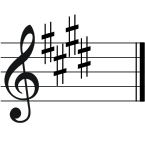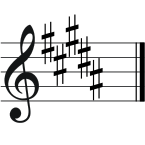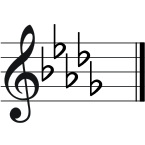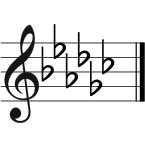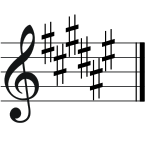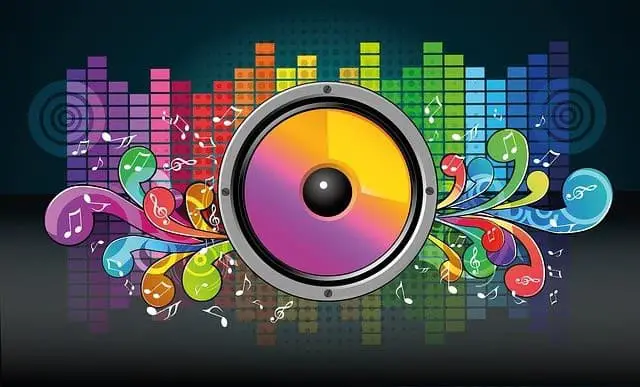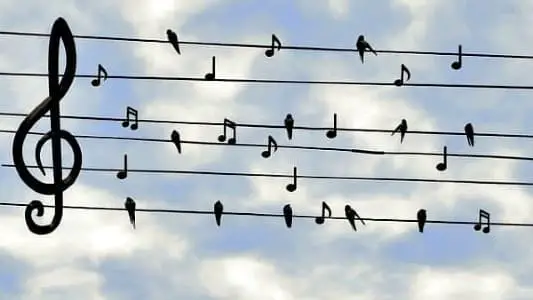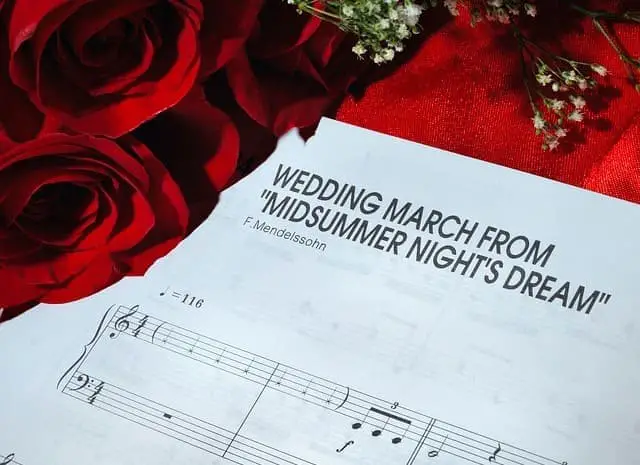- Home
- Basic Piano Theory
- Key Signature
How to Identify Key Signatures
This article may contain compensated links. Please read the disclosure for more info.
How do you figure out the key signature of a piece?
Here are some tips and tricks to help you decide what key a piece is in. A couple of things to memorize, then simply follow the steps outlined below!
Steps to Finding the Key Signature
When you learn music theory there are two situations that may be troubling when working out the tonality of a piece:
- One is when you are given the signature and asked what it is. It may be only the signature itself, or from a fragment of a piece.
- The other is when you have to write the specific sharps or flats for a given key.
1. What is the Key?
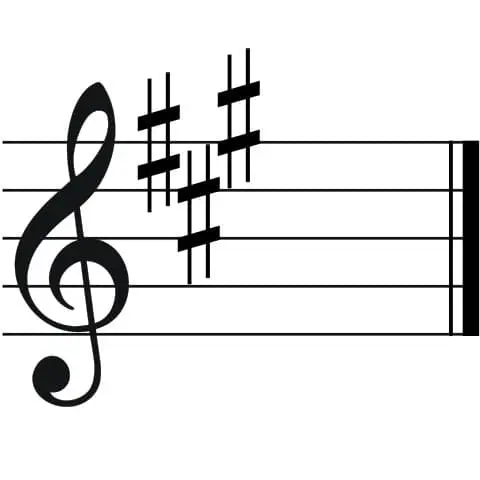
You want to know what key a piece is in, or have to answer a question about it.
First Memorize 3 Things:
|
1. That C major / A minor have no sharps or flats in the key signature |
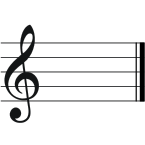 |
|
2. That F major/ D minor has only one flat. |
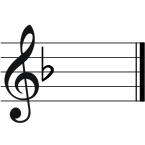 |
3. And that the relative minor key is found a small 3rd (=3 semitones) below the major key.
Now, Find the Key!
Here are the tricks to finding what the key is:
Keys With Sharps
Find the last sharp: What note is it for? Now, go a semitone higher; that’s your key!
Example:

- Three sharps: Last sharp added is a G#. A semitone higher is A. So, A is the major key.
- A small 3rd below A is F#. So, F# is the relative minor key.
Keys With Flats (this is even easier)
Find the last flat. Now go to the one before. That is the key!
Example:

- Three flats. The one before the last is an Eb. Eb is the major key.
- A small 3rd below Eb is C. C is the relative minor key.
TIP: The fastest way to drill key signatures is with flashcards. Here is a good set to practice with: Key Signature Flashcards
2. How to Write a Key Signature
First of all, you have to practice writing the order of sharps and flats.
Many times.
By hand.
Do it now! And learn it so well you could do it in your sleep! ; ) Here you can print free music staff paper.
The Order of Sharps
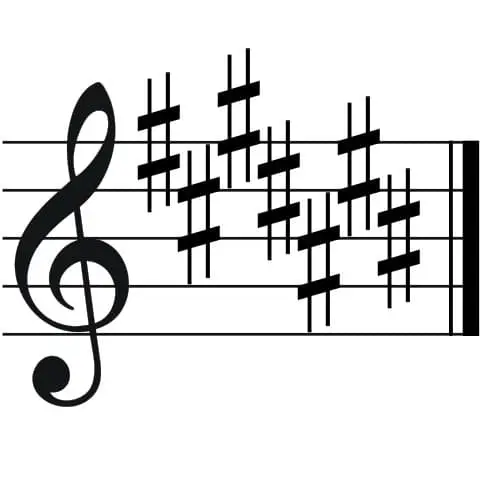
- Memorize that the sharps start with an F#.
- Observe the pattern of DOWN a fourth, up a fifth.
- When you get to A# (the fifth #) it "breaks"the pattern (since it would be messy with a ledger line through the sharp sign). So this sharp is moved an octave lower.
- But then it continues fifth up, fourth down until you have 7 sharps.
The Order of Flats
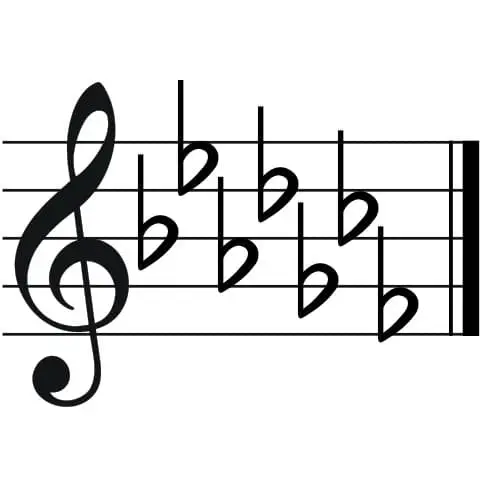
- Memorize that the first flat is on Bb.
- This time you go UP a fourth, down a fifth etc. until you have 7 flats.
- See the "zig-zag" pattern they make?
As you write, keep the sharps and flats neat and organized and not too far apart, neither so close that they touch.
Two Key "Families"
So, when you are asked; "Write the key of D major." How do you know what to write?
The keys belong to either the Sharp "family" or the Flat "family".
First determine to which group it belongs. (This is easy and quick to do).
Major Keys using Sharps(#):
The major keys that use sharps(#) in the signature either
- have a sharp in the name or
- starts from a white key or basic note.
G D A E B F# C#
Major Keys using Flats(b):
The major keys that use flats (b) in the signature all have a flat(b) in the name, except from F.
F Bb Eb Ab Db Gb Cb.
Next...
Just start adding the sharps (or flats). For each added, remember the rules from above:
- Sharp family: Last sharp added, a semitone higher is the key.
- Flat family: The flat before the last is the key. (You've memorized that only one flat = F major.)
Example
You were asked to write D major. So, since D is a basic (natural) note it belongs to the sharp "family".

First sharp added. A semitone higher is G. Ok, we're not there yet..
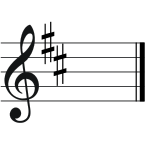
Second sharp added. A semitone higher is D. Yep! That's our key signature!
Help! It's Minor!
So, what if it is minor? Let's say you are asked to write the key signature for F# minor.
You have already memorized that the relative minor is found a small 3rd below the major key. Right?
First you need to find the relative MAJOR key. Which then obviously is a small 3rd UP from F#. This is A.
Then you simply follow the steps above to write the key signature for A major, which also is for F# minor.
Let's Practice!
Here are some examples to practice on.
In the first examples I'll guide you step by step. In the other, you should do the steps on your own, hover on the pictures for the answers.
Example 1:

- There are two sharps.
- Last one added is a C#.
- A semitone higher is a D.
- This is D major, or a small 3rd lower for the relative minor; B minor.
Answer: D major or B minor.
Example 2:
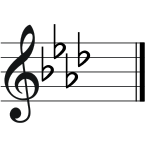
- There are 4 flats.
- The one before the last is a Db.
- The key is Db major, or a small 3rd lower for the relative minor Bb minor.
Answer: Db major or Bb minor
Now practice on your own!
(Hover your cursor over the image for answers)








